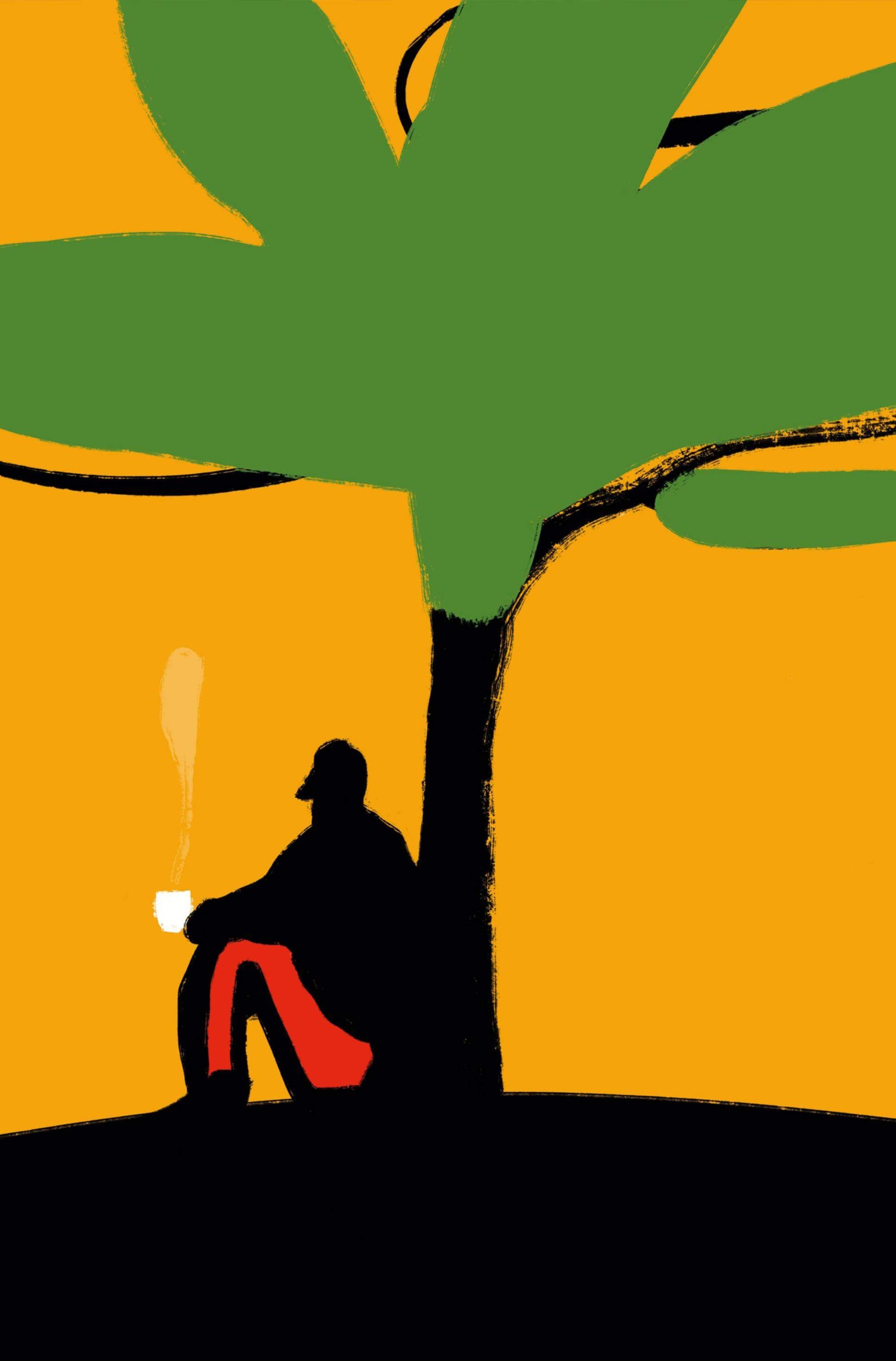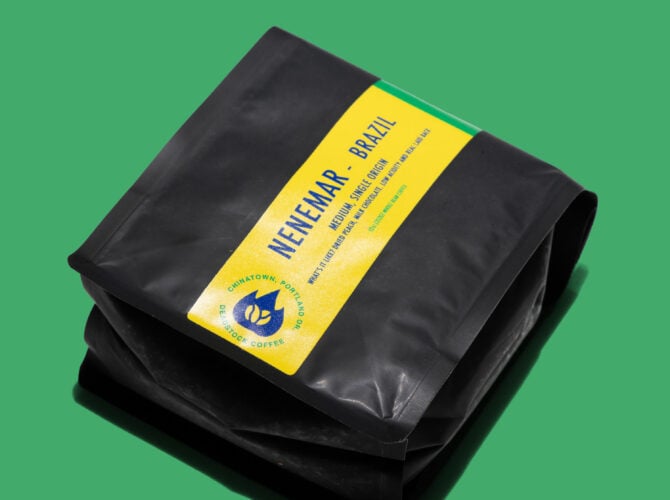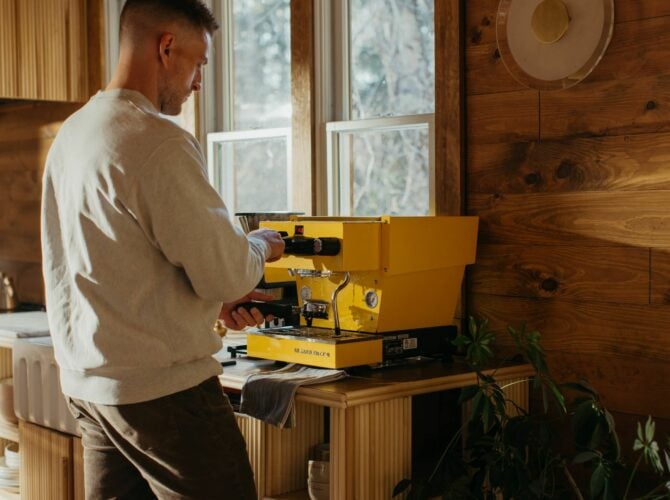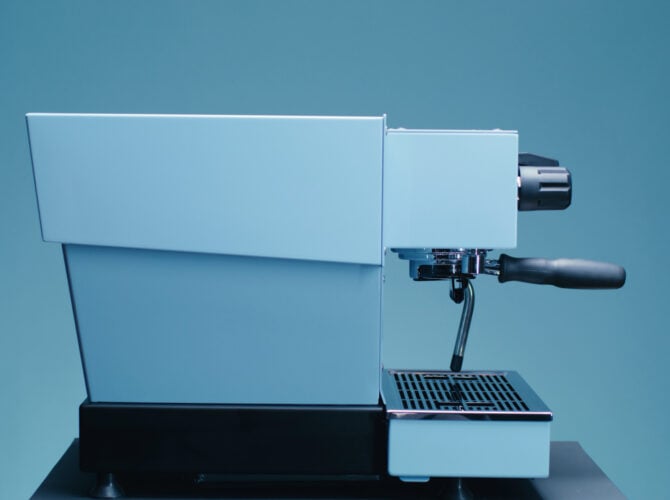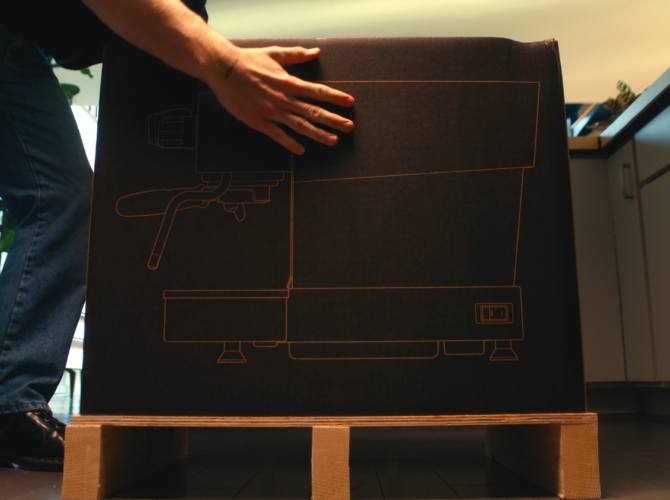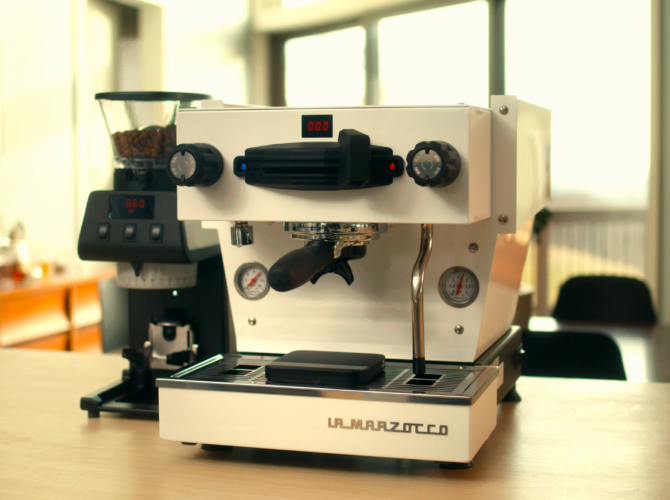Brooklyn, New York

Pipe & Tabor
My name is Stephen Rogers and I started making espresso in 1999, which completely changed my life. This journey in the coffee industry has captivated me for twenty-four years yet I still find so much to learn from the possibilities in front of me. From barista to café manager, production to roasting, roaster rebuilds and installations to teaching, I have continued to learn how coffee is altered by human and environmental impacts. Once I began roasting, I knew it would take a lifetime of practice to express my perspective. Approaching roasting carefully, allows the coffee to become adjusted to the environmental changes, as to not be too forceful. One can lead and encourage coffee to a point of expression that showcases the terroir and variety of coffee grown in remote villages in the highlands worldwide. Due to the ever changing nature of coffee, one must adjust their approach to maximize the potential in any given roast; navigating beans through development which creates the artists’ signature. This intertwines the potential quality at hand with how the expression of flavor is ultimately captured. It’s repetitively intriguing and satisfying.
The art of roasting is a relationship between the Roaster, the machine and the quality of the bean. In 2016, I started Pipe & Tabor Roasting to try to roast coffee for the rest of my life. Today the roasting happens in a 1953 BARTH 3.5k Novo Cito cast iron tabletop drum coffee roaster in Red Hook, Brooklyn. The German engineering of this antique roaster is not only aesthetically pleasing, but is also interactively fun to operate. Outside of a timer, a gas gauge and an exit air thermometer, this machine requires you to engage and use your senses to know where you are in development. This approach requires the Roaster to smell the developmental differences of every roast to attach color and scent to time to determine decision making during the roasting process. The result is a never ending loop of meditation and evaluation to discover the dimensions of possibilities in each coffee.
The coffee offerings are selected by the way they taste and the potential seen in a sample to maintain a diverse array of flavors from quality focused producers. It’s a superior product that deserves a premium price in the range of 4 to 6 times higher than the commodities market price . The value for quality should not fluctuate with the ebb and flow of the market rate, but rather be sustainable and worth the effort ALL OF THE TIME. Pipe & Tabor Roasting primarily partners with Red Fox Coffee Merchants as my source for high quality raw ingredients. Red Fox is devoted to building equitable and resilient supply chains that give coffee farmers a voice in the marketplace, while increasing value for roasters by delivering a unique diversity of high-quality coffees. They have opened offices in Oaxaca and Lima to have a localized presence available to the farmers they purchase from. It benefits everyone involved. I have proudly worked with Red Fox from the day they opened for business and fully support the actions being taken for the producers they work with. It’s an honor to have access to such great coffee.
As a solo person company, I am here for those that would like to journey through the potential flavors of coffee; allowing their Roaster to freely sculpt and craft a balanced and always intriguing array of flavors from a seasonally rotating supply of fresh green coffee. This does not lead to the same taste every week, but expands upon the adaptation of approach to articulate the subtleties while having the quality of craftsmanship be the desired consistency. There is beauty in the present moment and allowing yourself to drift away with a coffee is perfectly acceptable.
I hope you enjoy!

Icebear Espresso Blend
Coffee Name: ICEBEAR Espresso
Origin: Oaxaca, Mexico
Producer: Humberto & Sanson Garcia Luna
Elevation: 1600 masl
Process: Fully Washed
Variety: Pluma (Typica)Tasting Notes: Chocolate Mousse with Citrus/Honey Glaze
Espresso is a brewing method that requires the pressure, temperature, and rate of extraction to align to give you a 2oz to 4oz “take your breath away” moment of enjoyment. Forcing water through an evenly distributed bed of finely ground coffee results in a magnified expression of texture and flavor. ICEBEAR exists to present seasonally changing coffee that performs through a wide range of conditions where water and coffee meet. Through the roasting process, one can change the focus of the coffee’s flavor. Acidity can be sculpted with different amounts of development time and application of heat, with the intention to manage the brightness by integrating it into sweetness that presents itself delightfully in the finish and lingers far into the aftertaste. This means that ICEBEAR will join you in being casually lazy as brewed coffee, or have a pronounced texture that sends sweetness to linger through the aftertaste when choosing to make espresso.
The Mexican Hibernation is over and ICEBEAR awakes in a town called Yogondoy in Southern Oaxaca. This is the land of the indigenous Zapotec culture, who have lived here since 500 BC and still are keeping their rich history and traditions alive to continue growth into the future. Sanson Garcia Luna with 11 hectares and Humberto Garcia Luna with 10 hectares, are not only brothers but neighboring coffee producers of 100% Pluma Typica. This is a local varietal mutation of a Typica plant that has thrived in this one part of Sierra Sur for the past 80 years. These isolated communities rely on the support of each other to navigate farming in such rough terrain. The Luna Bros are prime examples of the future of coffee farmers continuing the existence of the Pluma varietal as a specialty product and championing meticulous processing to showcase the beauty of this special time and place. There is a new generation of farmers that have an audience of roasters supporting the subtle nuances of these precious profiles and the Luna Family are among those with fantastic coffee.
ICEBEAR has made its annual migration to the mountainous State of Oaxaca. This year we start with two lots from neighboring farms in a village called Yogondoy, also known as Rio de Abejas (River of Bees). The Luna Bros, Sanson and Humberto, farming at 1600 masl, are showing a vibrancy to the Pluma varietal that puts refreshing life to an often overlooked gem. I hope you are thinking “River of Honey” for ICEBEAR, cause that sounds pretty nice. There seems to be a radiating halo of sweetness throughout in the realm of navel orange, tangelo, apricot, and dripping honey, but that’s just ever present. In a pint glass, ripe black cherries, vanilla bean, and cinnamon are muddled to welcome cocoa powder and the milk beverage of your preference. There might be a dusting of cocoa nib and/or roasted pecan that joins that halo of sunshine. I’m not sure what you were wanting from a Luna Bros Espresso, but for those rising suns of softness eclipsed by a Mexican chocolate milk kind of morning, it sounds like you’ll be friends with ICEBEAR.
Icebear Brewing Recipe
Dose: 18g
Time: 25 seconds
Yield: 36-40g
Temperature: 198 F
Pressure: 9 bars
Preinfusion: If possible, sure! Up to 5 seconds.
Other Notes You’d like to Include:
Allow the sweetness to ring through the fluffy clouds of mousse.

Cecilar, Guatemala Espresso
Origin: Cecilar, Guatemala (Huehuetenango
Producer: Arturo Gabriel
Elevation: 1800 masl
Process: Washed
Variety: Bourbon, CaturraTasting Notes: Hot Fudge, Pancakes, with Boysenberry Syrup
This Guatemala lot is from the La Libertad municipality of Huehuetenango, which is very close to the western border to Chiapas, Mexico. At the age of 63, Arturo Gabriel has seen the industry he chose continue to open up opportunities for those that focus on all of the details. In the past 27 years, Finca La Cruz has been an active witness of nothing short of a miracle in the village of Cecilar. There is a massive, sacred, cross shaped stone on the farm that is a source of magic of legendary proportions, hence the homage in the name, but this is not the miracle mentioned. Having coffee buyers offering premiums for quality, support for processing needs, and the separation and identification of different tiers of the quality produced, has transformed what it means to be a coffee producer in Huehuetenango. Most of the neighboring estates have had success in the Cup of Excellence quality competitions to whom Arturo has been selling his cherry to, as they pay a good price. Under the shade of Ingas and Gravileas, there’s 11 hectares of Bourbon and Caturra at 1800 masl that is finally paying off on a whole new level.
Arturo Gabriel’s coffee, from the small village of Cecilar, means business. Jumping out of the cup and determined to knock you out, a medley of berries fill the room upon grinding. There’s power in the way this profile unfolds. Fresh blackberry, ripe raspberry, and lilac provide a playful lift, a refreshing snap that will be the lightest moment of this cup. Cover that fruit with boysenberry syrup, because you’re perched upon a pillowy stack of chocolate buckwheat pancakes. After a bite or two, it’s time for hot fudge and heavy cream to start to slow the beat, condensing an infusion of fruit to fudge which becomes too thick to drip. This density is classic Huehue in my opinion, as powerful a core as an operatic superstar. Auturo’s experience is on full display and his work stands eye to eye with his neighboring level of quality and excellence. It’s a knockout!
Cecilar Brewing Recipe
These specs were developed on a Linea PB using a 20 gram basket and using an E80s. Extraction of 20.3%.
Dose: 20g
Time: 28 seconds
Yield: 38-42g
Temperature: 200 F
Pressure: 9 bars
Preinfusion: If possible, sure! Up to 5 seconds.
Other Notes You’d like to Include:
There’s a balance to be found between fruits and heavy textures.
